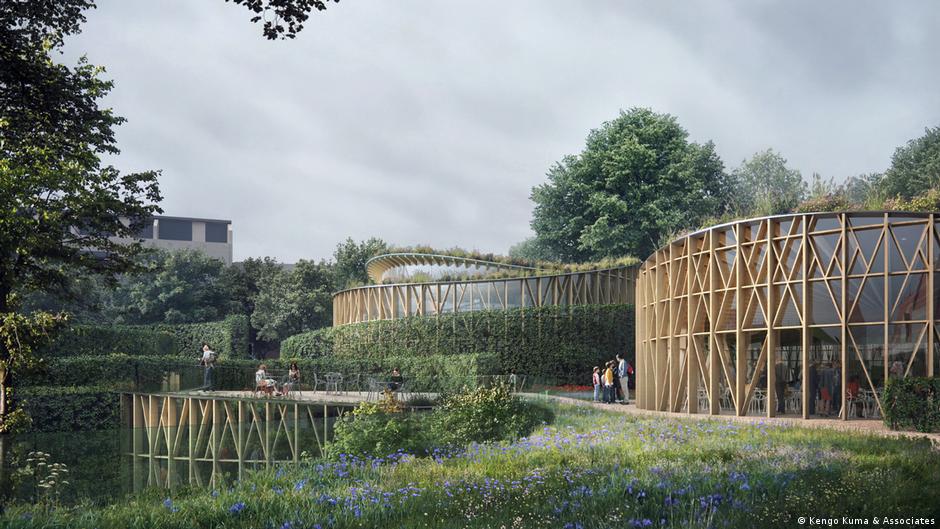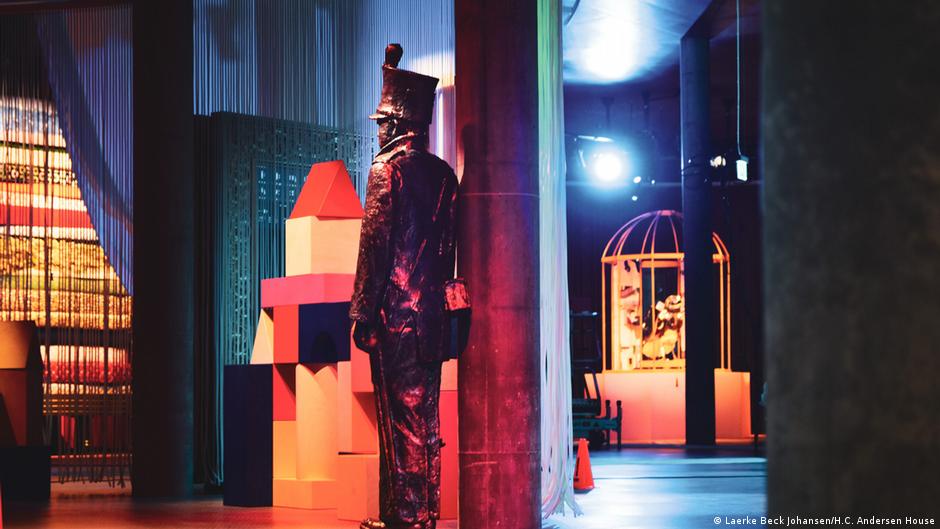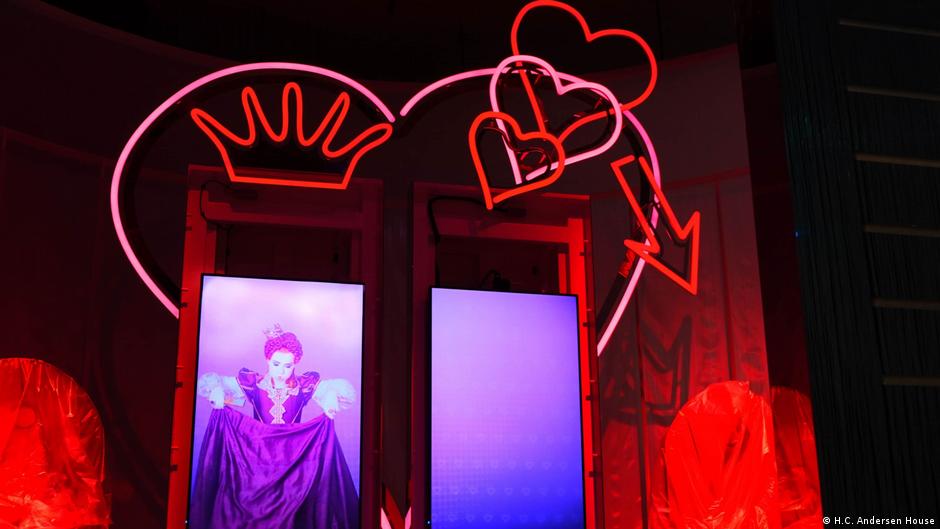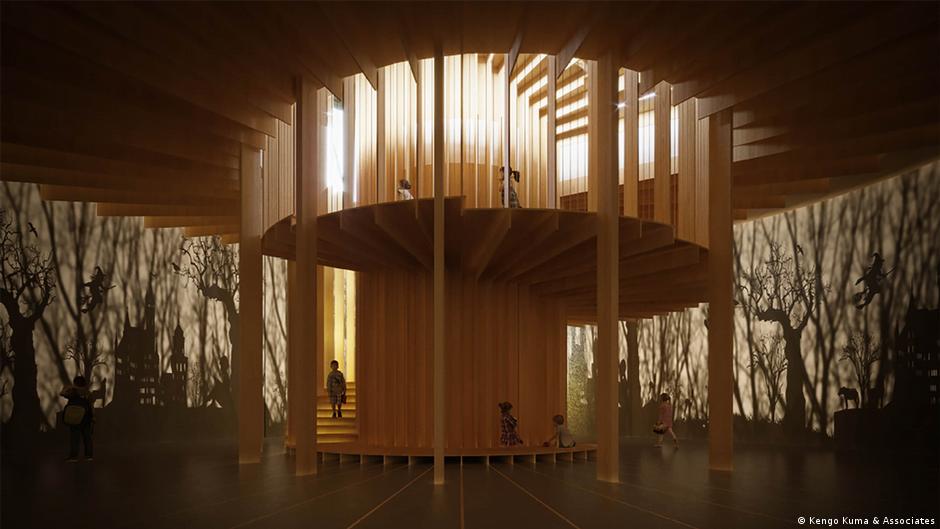Just In
- 1 hr ago

- 1 hr ago

- 2 hrs ago

- 3 hrs ago

Don't Miss
- Movies
 Arti Singh Wedding: Did You Know Kashmera Shah Wanted Actress To Marry Sidharth Shukla? Here’s What Happened
Arti Singh Wedding: Did You Know Kashmera Shah Wanted Actress To Marry Sidharth Shukla? Here’s What Happened - Education
 UPSC CSE Result 2023 Declared
UPSC CSE Result 2023 Declared - Sports
 GT vs DC Head To Head Record, Results & Stats in Narendra Modi Stadium Ahead of IPL 2024 Match 32
GT vs DC Head To Head Record, Results & Stats in Narendra Modi Stadium Ahead of IPL 2024 Match 32 - News
 Hebbal Flyover Lane Construction: Traffic Advisory For KR Pura, Nagawara Commuters Starting April 17
Hebbal Flyover Lane Construction: Traffic Advisory For KR Pura, Nagawara Commuters Starting April 17 - Automobiles
 Mahindra Bolero Neo+ SUV Launched In India At Rs 11.39 Lakh: 9 Seats, Variant Details & Much More
Mahindra Bolero Neo+ SUV Launched In India At Rs 11.39 Lakh: 9 Seats, Variant Details & Much More - Finance
 Tohfa, Tohfa, Tohfa: Tata's NBFC To Power; 9 Tata Group Stocks To Pay Massive Dividends In Coming Weeks
Tohfa, Tohfa, Tohfa: Tata's NBFC To Power; 9 Tata Group Stocks To Pay Massive Dividends In Coming Weeks - Travel
 From Coconut Breaking on Head to Men Dressing as Women: 12 Unique Indian Rituals Explored
From Coconut Breaking on Head to Men Dressing as Women: 12 Unique Indian Rituals Explored - Technology
 ASUS Zenbook DUO 2024 Launched in India – Check Price, Specs, Where to Buy
ASUS Zenbook DUO 2024 Launched in India – Check Price, Specs, Where to Buy
Hans Christian Andersen Museum In Denmark: A Look At The Fairy-tale World Of The Author

The Little Match Girl, The Princess and the Pea, The Tin Soldier and The Little Mermaid: these are just some of the most famous fairy-tales by Hans Christian Andersen. Altogether, he wrote around a 160 tales, which were published in eight volumes from 1835 to 1848 and have been translated into over 120 languages.
Many of his stories were converted into plays, filmed or made into musicals, and even inspired popular animated pictures like Ariel. Andersen's fairy tales are part of world literature today.

Andersen was inspired by traditional Scandinavian, German and Greek stories, from ancient times to the Middle Ages. Fables, real incidents and natural phenomena also triggered his imagination. In a masterful way, he wove different materials and influences to create the fairytales that we know today. But the storyteller, who was born into a very poor household in 1805, did not only write fairy tales. Very few people know that Andersen also wrote poems, plays, novels and travelogues and was a very talented silhouette artist.

Andersen loved traveling and he traveled a lot, above all to Germany to visit his friends and patrons Friederike and Friedrich Anton Serre. Germany was where Andersen became famous even before people in his home country knew him — at least in his lifetime. When Andersen died at the age of 70 in Copenhagen, he was already an internationally-known author. Until a short time ago, the house where he was born was a place of pilgrimage for his fans. On June 30, 2021, a new kind of museum opened in his native Odense: The H.C. Andersen House, in Danish, the "H.C. Andersen Hus."

The museum aims to present Andersen's life in a completely new way and to enable visitors to have a sensory experience of his world. Landscape, architecture and modern exhibition design are closely interwoven. The museum was designed by the Japanese star architect Kengo Kuma and his team, which also created the new Olympic stadium in Tokyo. Spread over 5,000 square meters, the brightly lit museum, which is built to merge into its surroundings, invites visitors to dive into Andersen's world. Two-thirds of the museum are underground and above it is a fairy-tale garden.


The intention of the Japanese architect Kengo Kuma and his team was to communicate not about Andersen, but like Andersen, according to a press release. The worlds outside the museum and inside it communicate with one another. From inside the underground museum, which has a lake built on top of it, visitors can glimpse the sky, just like the little mermaid from the story of the same name.

Designed by landscape architects, the "Magic Garden" is embedded in the cityscape of Odense and is meant to function as a public space. Colors, different plants and fragrances are intended to create "conflict between harmony and chaos." Places flooded with light are interjected with bizarre-looking trees or hedges trimmed to have sharp corners. Here, the beautiful co-exists with the uncanny — just like in Andersen's fairy tales.

Twelve international artists have created exclusive works for the museum's interiors. The Danish author Kum Fupz Aakeson and her American colleague Daniel Handler, alias Lemony Snicket, have created different audio experiences in the museum, the composer Louise Alenius has musically interpreted the stories, The Nightingale, The Snow Queen, The Ugly Duckling, and the Little Mermaid.

Inspired by the swallow in Thumbelina, Veronica Hodges has created a fantastic paper installation. Another installation artist, Brazilian Henrique Oliveira placed a massive tree installation in Odense, inspired by The Tinder Box. The artist and the short film director Timothy David Orme has created an animated journey into Andersen's fantasy world.

Hans Christian Andersen never thought of himself only as a storyteller for children. It was important to him that socio-critical or satirical elements of his story, which he consciously included for adult readers, were highlighted as much as the fantastic and fabulous. The museum has its own "children's area," including an atelier with the name "Ville Vau," where children can be creative and participate in workshops. Here, Hans Christian Andersen's fairy-tale motifs are made accessible to children.
This article has been translated from German.
Source: DW
-
 lgbtqGerman Book Prize 2022 Goes To Non-Binary Author Kim De L'Horizon For Their Debut Novel Blutbuch
lgbtqGerman Book Prize 2022 Goes To Non-Binary Author Kim De L'Horizon For Their Debut Novel Blutbuch -
 art cultureBooker Prize 2022: Sri Lankan Author Shehan Karunatilaka Honoured For The Seven Moons of Maali Almeida
art cultureBooker Prize 2022: Sri Lankan Author Shehan Karunatilaka Honoured For The Seven Moons of Maali Almeida -
 art cultureNobel Prize For Literature: French Writer Annie Ernaux Wins Award
art cultureNobel Prize For Literature: French Writer Annie Ernaux Wins Award -
 art cultureGerman Book Prize Shortlist Announced: Here Are The Six Contenders
art cultureGerman Book Prize Shortlist Announced: Here Are The Six Contenders -
 art cultureRenowned Spanish Author Javier Marias Passes Away Due To Lung Infection Post COVID-19
art cultureRenowned Spanish Author Javier Marias Passes Away Due To Lung Infection Post COVID-19 -
 art cultureExclusive: Author Navigates Hope, Debunks Superficial Differences Across 85 Countries And 7 Continents
art cultureExclusive: Author Navigates Hope, Debunks Superficial Differences Across 85 Countries And 7 Continents -
 menSalman Rushdie Hospitalised: 15 Facts About The Author Of 'The Satanic Verses'
menSalman Rushdie Hospitalised: 15 Facts About The Author Of 'The Satanic Verses' -
 art cultureAnnihilate: All About Author Michel Houellebecq's Book Portraying Dying White Patriarchy
art cultureAnnihilate: All About Author Michel Houellebecq's Book Portraying Dying White Patriarchy -
 art cultureUS Author Joan Didion Passes Away Due To Complications From Parkinson's Disease
art cultureUS Author Joan Didion Passes Away Due To Complications From Parkinson's Disease -
 womenTribute: US Author And Feminist 'bell hooks' Passes Away
womenTribute: US Author And Feminist 'bell hooks' Passes Away -
 womenArundhati Roy: Writing Is Activism
womenArundhati Roy: Writing Is Activism -
 lgbtqSpecial Feature On Jewish-American Queer Author-Art Collector Gertrude Stein: Pioneer Of Modernism
lgbtqSpecial Feature On Jewish-American Queer Author-Art Collector Gertrude Stein: Pioneer Of Modernism


 Click it and Unblock the Notifications
Click it and Unblock the Notifications



